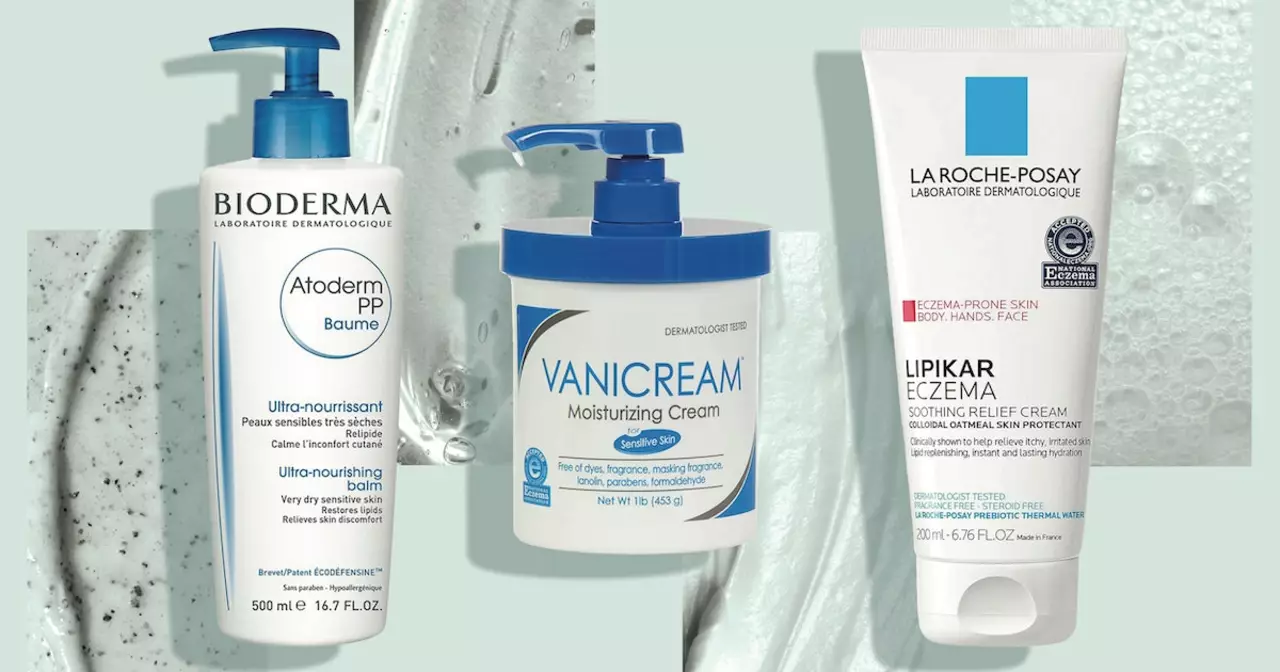Eczema-Prone Skin: Simple, Effective Steps You Can Use Today
Tired of sudden flare-ups and relentless itch? Eczema-prone skin reacts faster than normal skin, but small routine changes and the right products cut flares down a lot. Below are clear, practical steps you can start using right now—no fluff, just what works.
Daily care and routines
Start with showers: keep them short (5–10 minutes) and use lukewarm water. Hot water strips oils and makes itching worse. Use a mild, fragrance-free cleanser—look for labels that say "for sensitive skin" and avoid bar soaps with strong fragrances or antibacterial agents.
Moisturize immediately after patting skin dry—within three minutes—when skin still holds moisture. Ointments (petrolatum, petroleum jelly) and thick creams work best because they seal in moisture. Apply at least twice a day and more during flare-ups. For hands or very dry patches, use a thick emollient and reapply after washing.
Check ingredient labels. Hunt for ceramides, glycerin, hyaluronic acid, or dimethicone—these help repair the skin barrier and lock in hydration. Avoid fragrances, essential oils, alcohol-heavy formulas, and harsh exfoliants that can irritate. If a product stings on application, stop using it.
Dress for comfort: wear soft cotton, avoid wool or rough fabrics directly on skin, and wash new clothes before wearing them. Use fragrance-free, dye-free laundry soap and run an extra rinse cycle to remove residue. In dry seasons, a room humidifier can stop skin from losing moisture overnight.
When to see a doctor and treatment options
For mild itch, OTC 1% hydrocortisone creams can help short-term. If symptoms don’t improve in a week, if the rash spreads, or if sleep is disrupted, see a dermatologist. Prescription options include stronger topical steroids, topical calcineurin inhibitors (like tacrolimus), or non-steroid anti-inflammatory creams—your doctor will pick the right strength and duration.
If a patch looks infected (yellow crusting, increasing pain, warmth, pus, or fever), seek medical care fast—antibiotics may be needed. For intense flares, dermatologists may suggest wet wraps, short steroid courses, or ultraviolet light therapy for persistent cases.
Manage triggers: stress, sweat, certain foods, and seasonal allergens can spark flares. Keep a simple diary for a few weeks—note foods, products, weather, and stress levels to spot patterns. If you suspect contact allergy, ask about patch testing with your dermatologist.
Quick checklist: short lukewarm showers, fragrance-free gentle cleanser, seal in moisture with ointment/cream within 3 minutes, avoid irritants and wool, use mineral sunscreen if sensitive, and see a doctor for spreading rash or signs of infection. Small consistent habits beat occasional fixes—start with one change and build from there.

How to Choose the Right Clothing for Eczema-Prone Skin
May 4 2023 / Health and WellnessAs someone with eczema-prone skin, I know how challenging it can be to find the right clothing that doesn't irritate my skin. The key is to opt for soft, breathable fabrics like cotton, bamboo, or Tencel, which help in reducing friction and overheating. It's also essential to avoid synthetic materials, like polyester and nylon, as they can cause irritation and worsen eczema symptoms. Additionally, choosing loose-fitting clothes over tight ones allows for better airflow and less irritation. Lastly, always check for seams and tags that could potentially irritate your skin, and opt for seamless clothing or remove any scratchy tags.
VIEW MORE